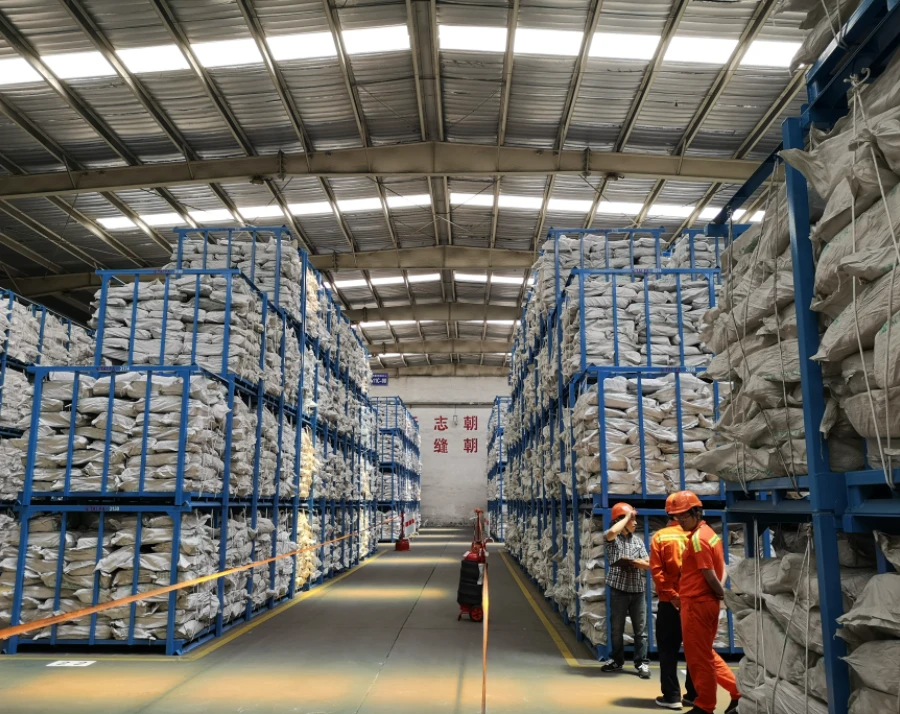



Chemicals Utilized in Water Treatment Facilities for Effective Purification Processes
Chemicals Used in Water Treatment Plants
Water treatment plants play a crucial role in providing safe drinking water and ensuring that wastewater is managed effectively before it's released back into the environment. The process of treating water involves several stages, each requiring specific chemicals to ensure the efficiency and safety of the treatment process. This article explores the various chemicals used in water treatment plants and their respective functions.
Coagulants
One of the primary stages in water treatment is coagulation, where small particles are clumped together to form larger aggregates known as flocs. This process helps remove suspended solids, turbidity, and various contaminants. Common coagulants include
- Aluminum Sulfate (Alum) This is the most commonly used coagulant. It works by neutralizing the negative charges of suspended particles, allowing them to come together. - Ferric Chloride Often used as an alternative to alum, ferric chloride also acts as a coagulant and adds iron to the water, which can help in further contaminant removal. Flocculants
After coagulation, the next step is flocculation, where the flocs formed are further encouraged to grow larger and settle more quickly. Flocculants are often polymers that help bind the particles together more effectively. Common flocculants include
- Polyacrylamide A synthetic polymer that increases the settlement speed of flocs and improves overall water clarity. - Natural Polymers Substances like chitosan, derived from crustacean shells, are also used as a more environmentally friendly alternative.
Disinfectants
Disinfection is a vital component of water treatment, ensuring that harmful microorganisms are eliminated before water reaches consumers. Several disinfectants are employed, including
- Chlorine The most widely used disinfectant, chlorine effectively kills a range of pathogens. It can also form chloramines, which provide residual disinfection in the distribution system. - Ozone Used as a powerful oxidizing agent, ozone eliminates bacteria and viruses without leaving harmful byproducts, making it a popular choice for advanced water treatment systems. - Ultraviolet (UV) Light Although not a chemical in the traditional sense, UV light is used for disinfection as it can effectively deactivate microbes without adding any substances to the water.
pH Adjusters
what chemicals are used in water treatment plants

Maintaining the correct pH level is essential in water treatment, as it affects the solubility of minerals and the efficacy of disinfectants. Common pH adjustment chemicals include
- Hydrochloric Acid (HCl) Used to lower pH levels if the water is too alkaline. - Sodium Hydroxide (Caustic Soda) Utilized for raising pH levels in acidic water supplies.
Corrosion Inhibitors
Corrosion can lead to the leaching of heavy metals and other undesirable substances from pipes, affecting water quality. To prevent this, corrosion inhibitors are employed, such as
- Orthophosphate This compound helps form a protective barrier on the interior surfaces of pipes, significantly reducing corrosion rates.
Dechlorination Chemicals
In many cases, treated water still contains residual chlorine, which can be harmful if released into the environment. Dechlorination agents are used to mitigate this issue, including
- Sodium Thiosulfate Commonly used to neutralize chlorine before the treated water is discharged. - Activated Carbon Although used primarily as an adsorbent, activated carbon can also effectively remove chlorine from water.
Conclusion
The treatment of water is a complex process that relies heavily on chemical interactions to ensure safety and quality. From coagulation and flocculation to disinfection and pH adjustment, the various chemicals employed play an integral role in providing clean and safe drinking water. As technology advances, the focus on more sustainable and less harmful chemicals is growing, paving the way for improved methods in water treatment. Understanding these chemicals and their functions is essential for anyone involved in environmental science and public health.
-
Why Sodium Persulfate Is Everywhere NowNewsJul.07,2025
-
Why Polyacrylamide Is in High DemandNewsJul.07,2025
-
Understanding Paint Chemicals and Their ApplicationsNewsJul.07,2025
-
Smart Use Of Mining ChemicalsNewsJul.07,2025
-
Practical Uses of Potassium MonopersulfateNewsJul.07,2025
-
Agrochemicals In Real FarmingNewsJul.07,2025
-
Sodium Chlorite Hot UsesNewsJul.01,2025










